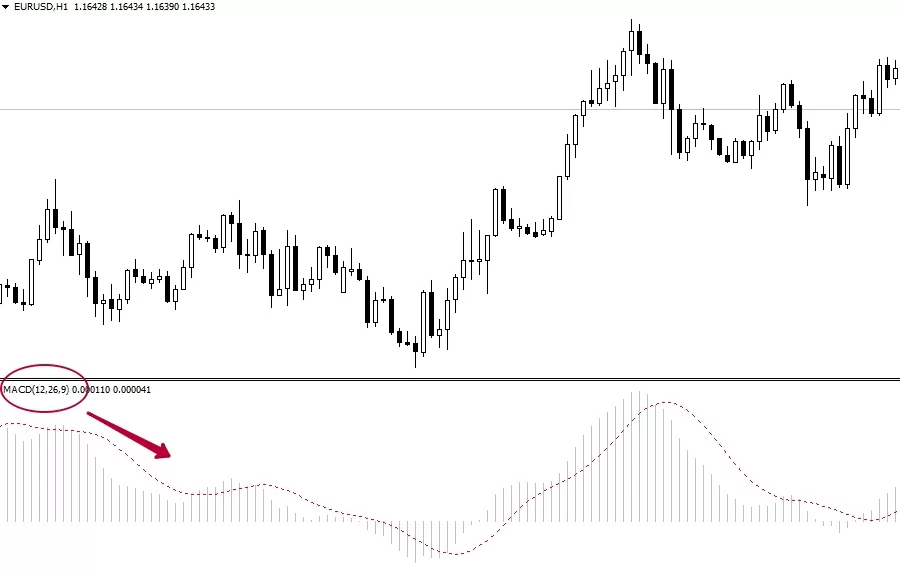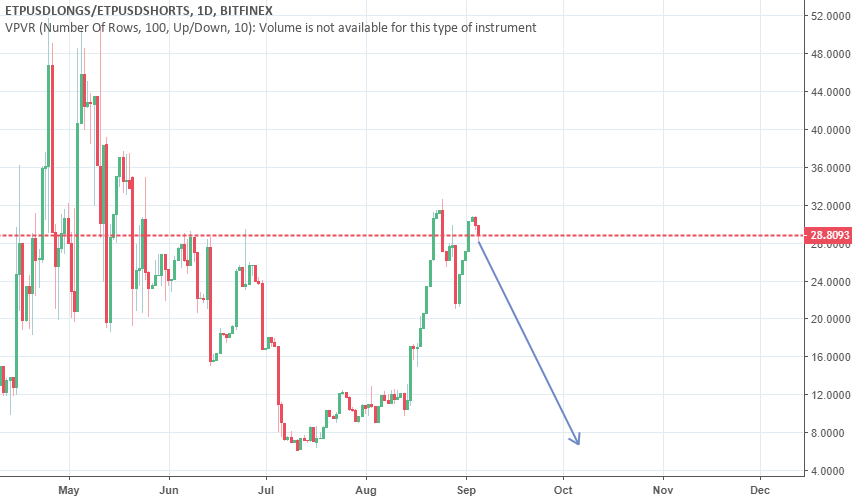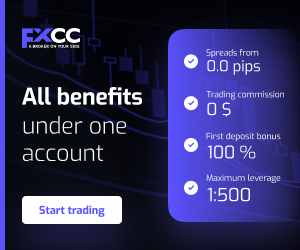Top 10 mistakes new forex traders make
Forex trading attracts more individual traders annually because it provides high liquidity and low entry costs together with continuous global market availability. Research shows that most new traders experience financial losses during their initial several months of trading. Early trading mistakes lead to most losses because new traders consistently make avoidable errors during their initial trading period.
Knowledge about typical mistakes provides a starting point for traders to enhance their performance. The analysis of frequent errors helps traders develop better preparation skills which enables them to modify their strategies for achieving long-term consistency rather than focusing on short-term profits.
Trading without a plan
The main reason new traders lose money stems from their lack of a well-defined trading plan. When traders lack specific rules for their decisions they tend to make inconsistent choices which become reactive especially when market volatility is high. A trading plan includes specific entry and exit conditions along with risk boundaries and preferred trading instruments.
A basic trading plan includes technical analysis through moving averages and support/resistance levels together with a stop-loss set at 1% of the account balance per trade. Trades without established frameworks tend to be made through market noise or short-term emotional responses which raises the possibility of negative results.
Research indicates that traders who implement written strategies achieve better consistency in their trading results. The trading platforms supply templates which help users create systematic trading rules for better trade management. The implementation of a plan protects traders from two major psychological traps that include loss-chasing and fear-driven market entries.
Overleveraging
The concept of leverage stands as one of the most confusing elements for forex traders. Through leverage traders gain the ability to manage bigger positions by investing minimal capital. The use of leverage enables traders to increase their potential gains yet it simultaneously boosts their potential losses. New traders make a common mistake when they believe bigger position sizes lead to better results until their account balance suffers from a few consecutive negative market movements.
A trader who uses 1:500 leverage with a $1,000 account can control positions worth $500,000. Through this leverage system traders gain control of positions valued at $500,000. A 0.2% price shift against the trade would result in a complete loss of the $1,000 account value. New traders experience these scenarios because they fail to understand how high leverage creates an unbalanced risk-to-reward situation.
Regulatory bodies have established maximum leverage ratios to serve as a response to the situation. Retail clients under the Australian Securities and Investments Commission (ASIC) must operate with leverage set at 1:30 for major currency pairs. The regulatory limits for leverage stem from research showing that reduced leverage helps beginners survive in trading.
Ignoring risk management
New traders face quick account drawdowns because they fail to implement proper risk management strategies. Risk management requires traders to determine their trade capital exposure and implement protective measures through stop-loss and take-profit orders. The lack of risk controls enables one trade to result in major financial losses.
A trader who enters multiple positions without establishing stop-loss levels will face significant losses. The market movement against multiple trades at once leads to increased exposure, which results in rapid account equity depletion below the margin requirement. High leverage trading leads to automatic position closures and margin calls after market movements against traders.
The recommended risk management practice involves risking between 1% and 2% of total account capital for each trade. A $5,000 account protected by a 1% risk limit would prevent losses from exceeding $50. This protective measure enables traders to survive multiple losing trades because it preserves their complete account balance.

Chasing the market
Traders start market chasing when they give up their planned approach to price movements after failing to enter or exit a trade quickly. The main reason behind this behavior consists of two factors: fear of missing out and frustration after experiencing losses. Impulsive position entries without proper analysis of key levels or confirmation signals result in negative entry points that increase trading risk.
A trader who observes a currency pair's fast price increase will enter the market without checking support and resistance levels. The price tends to pull back immediately after entry because markets frequently do this following strong price movements which results in trader losses or minimal profits. The repeated occurrence of this pattern leads traders to experience frustration while they end up overtrading.
Traders who use pending orders with technical criteria-defined entry levels instead of real-time reactions can prevent market chasing behavior. The method enables traders to maintain discipline while keeping their trading approach consistent.
Unrealistic profit expectations
Forex newcomers usually enter the market seeking fast profits because they believe promotional content and stories about overnight success. This mindset can lead to high-risk behavior, such as overleveraging, oversized positions, and abandoning risk controls in pursuit of quick gains. The forex market provides high liquidity and easy access yet traders who want consistent profits need to develop long-term discipline and experience instead of relying on aggressive short-term trading strategies.
A trader who wants to double their account equity during a month will need to take substantial risks with their trading capital. Such an approach makes big drawdowns more probable while simultaneously decreasing the trader's ability to recover from mistakes. The account balance will run out from minor losses before the trader can achieve any meaningful profits.
Trading platforms provide analytical tools which enable users to track realistic performance metrics, including average return per trade and win/loss ratios and maximum drawdown. The performance data from top traders on these platforms shows that successful traders pursue steady monthly returns instead of focusing on extreme profits.
Lack of education
The absence of basic knowledge when entering the forex market leads to higher chances of financial losses. New traders start trading before they grasp essential concepts about currency pairs and spreads and economic data effects on prices. The absence of preparation leads to preventable errors which include incorrect technical signal interpretation and confusion about margin requirements.
A trader who does not understand the distinction between standard lots (100,000 units) and micro lots (1,000 units) will likely experience unintended large risk exposure. Trading interest rate decisions without proper context leads to market sentiment-defying trades. Most knowledge gaps develop because students avoid following a structured educational path.
Through structured education traders develop better skills to evaluate trading opportunities. Through historical chart pattern analysis and economic calendar reading and demo account practice on MetaTrader platforms traders can develop practical skills without exposing their capital to risk.
Poor trade management
The management of open positions involves controlling their status and determining when to modify or terminate them. New traders encounter problems in this area because they either maintain losing positions for too long or exit profitable trades before time. Most trading decisions stem from emotional reactions instead of using objective evaluation methods.
A trader initiates a long position on EUR/USD with the goal of achieving a 50-pip profit. The market starts to move backward after the price reaches 30 pips of profit. The trader attempts to secure their gains by closing the position prematurely. The price continues its original direction to surpass the target amount. The practice of premature position closure restricts long-term profitability because it fails to control running losses in comparable market conditions.
Some traders maintain their losing positions because they expect the market to reverse direction. The absence of stop-loss protection results in significant drawdowns which deplete the trading account. The trading platforms enable users to set dynamic stops and trailing stops which automate exit decisions and minimize emotional trading decisions.

Overtrading
The practice of overtrading happens when traders execute numerous trades during brief time spans without proper trading signals or verification. The assumption that additional trades will generate additional profits drives this trading behavior. Excessive trading activities result in higher transaction expenses while exposing traders to unpredictable market conditions and decision fatigue which degrades their execution quality.
A trader executes five GBP/USD trades during one trading session because of short-term market movements. Each trade incurs a spread or commission. Trading costs accumulate to reduce profits even when some trades generate positive results. The practice of excessive trading creates emotional fatigue which makes it difficult for traders to maintain their defined trading plan.
The trading frequency of retail traders directly affects their performance. Trading with high volume without a defined market advantage typically produces unstable trading outcomes and significant drawdowns. Top-performing accounts execute fewer high-quality trades through strong setups and precise risk management strategies.
Not keeping a trading journal
A trading journal functions as an organized document that tracks previous trades by recording entry and exit points together with strategy explanations and position sizes and emotional states at the time of execution. The practice of skipping this process prevents traders from detecting patterns and evaluating their performance independently while also preventing them from improving their strategies throughout time. The lack of documentation makes it challenging to determine which methods generate positive results and which methods result in losses.
A trader conducts multiple trading operations during a two-week span. The absence of a record makes it impossible to determine if successful trades resulted from skill or market conditions or random chance. The process of documenting trading data through a journal enables traders to establish if their trade setups match their strategy or if emotional factors such as fear and greed affected the results.
The analysis shows that trading during major news events leads to decreased success rates in trades. The trader can modify their strategy by staying away from these periods or implementing alternative trading methods when market volatility increases based on this information.
Ignoring market conditions
Market conditions experience continuous change because of macroeconomic data releases together with central bank decisions and geopolitical developments. The failure to consider these factors leads to suboptimal timing and increased market volatility and ineffective trading strategies. The same trading strategy applied by beginners in all market conditions proves dangerous when market conditions do not support their chosen approach.
A trader who uses breakout strategies during periods of low market volatility will find their approach ineffective because major currencies remain in consolidation mode. The setup will not generate momentum because there are no high-impact news events scheduled. The timing of central bank interest rate announcements creates unpredictable price movements because market expectations frequently differ from actual decisions which results in slippage.
Conclusion
The first step to avoid forex trading errors involves being aware of them followed by the consistent use of sound trading practices. The ten trading errors which include overleveraging and poor trade management and ignoring market conditions directly affect both account performance and longevity. Traders who focus on structured strategies and risk control and education and thoughtful execution will enhance their ability to navigate the market with stability.
A beginner who practices risk management through 1% account exposure per trade and maintains a journal for progress tracking and stays out of high-impact news events unless prepared will achieve better results. Basic changes in trading practices help traders decrease emotional decisions while developing their trading skills.


